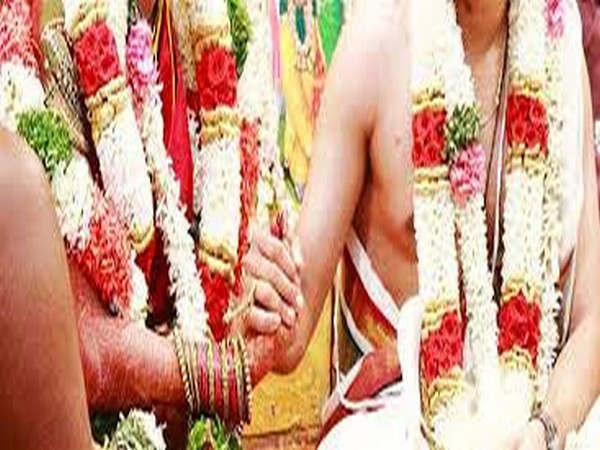
As Haryana grapples with a 20% vacancy in IAS officer positions, inter-cadre transfers following marriages between officials continue to fill the gaps and replenish the administrative ranks. The state government has been vocal about its need for a greater number of officials to maintain administrative functionality.
Recently, 2020 batch IAS Rahul Modi, noted for his unique name and securing the 420th rank in the UPSC exam, shifted from the Tripura to the Haryana cadre following his marriage to 2020 batch IPS officer Deepti Garg of the Haryana cadre. This directive issued by the Department of Personnel and Training (DOPT) cites the consent from both the Tripura and Haryana state governments, aligning with the provisions of the Cadre Rules, 1954.
Rahul Modi and Deepti Garg, hailing from Rajasthan and Haryana respectively, are the latest in a series of officials undergoing inter-cadre transfers post-marriage. Deepti has served as the Assistant Superintendent of Police in Sirsa district for the past six months.
Central Government data, accessed through RTI, reveals a trend of such transfers this year, including the transfer of IAS officer Anupama Anjali to the Haryana cadre following her marriage to Harshit Kumar of the same cadre. Several other couples have made similar moves, contributing to the evolving landscape of administrative appointments in Haryana.
These officers have quickly integrated into their new roles, holding significant positions such as Additional Deputy Commissioner and Deputy Commissioner in various districts of Haryana. The transfers are reflective of the couples’ marital decisions intertwining with their professional trajectories, resulting in a series of significant appointments within the Haryana cadre.
In this context, Advocate Hemant Kumar of the Punjab and High Court mentioned that such transfers facilitated by the rule under the Cadre Rules, 1954, have become a prevalent practice, and it showcases a union of personal and professional spheres among the civil service officers.
Officials indicate that this trend underscores the dynamic nature of cadre allocations, adapting to the personal milestones of the officers, while addressing the administrative needs of the states involved.